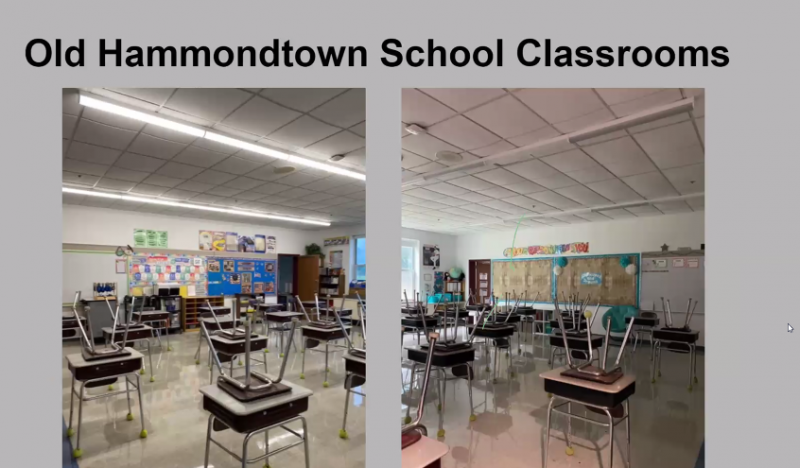After hearing varied opinions, Mattapoisett committee OKs school plan
MATTAPOISETT — The Mattapoisett School Committee approved a draft reopening plan from the Old Rochester Regional School District after hearing a wide variety of opinions from parents and committee members.
The plan, as released on Aug. 5, quickly dismissed an in-person return to school because the school does not have the space to accommodate all of its students with current social distancing standards. Instead, it focused on remote learning and a hybrid model that would have all students learn remotely on Monday, and spend two of the remaining weekdays in school.
Students learning remotely as part of either plan will be required to attend classes and check in with teachers several times throughout the day.
The plans are crafted to allow flexibility between the district’s two modes of education, and parents are allowed to homeschool their children or move back and forth between the two models as they see fit.
In introducing his district’s work to the school committee on Aug. 6, Superintendent Michael Nelson made it clear that the district’s leaders do not believe that they can transport all of its students under the conditions currently mandated by the state.
School Committee member Shannon Finning was one of the first to speak and called it “unconscionable” that the school seemed to reject an in-person school model with little evidence as to why, given that about 70% of Center School and about 72% of Old Hammondtown families supported either a hybrid or in-person model.
School Committee member Carole Clifford pointed out that it was unclear from the school’s presentation how many families supported in-person vs. hybrid classes.
New School Committee member Carly Lavin noted Mattapoisett has more school buildings than any other town, and asked if the district had considered using its buildings to bring more students back to school, even if it was in a building their grade level normally would not use, or in the COA portion of the Center School building.
Nelson said administrators had talked about using school buildings non-traditionally, but needed to be sure they were balancing student needs across all grade levels. The district is also in an ongoing conversation with the town about using space from the nearby Council on Aging’s building.
When it came time for parents to comment, Elizabeth Sherry seemed concerned about allowing students back in the building.
She asked why the district thought that students would follow strict safety measures when, “we can’t even get kids to stop running in the halls.”
Another parent Allison Costa, who has a first grader, said “I really wish there was an option to send my child full-time,” saying to Finning that “I believe in everything you were saying.”
Responding to Sherry’s concerns, she said that for the district “the biggest thing is to give parents a choice,” about how they are comfortable sending their child back to school.
Fellow parent Michele Grossman agreed and thought “there should be an option for parents who are willing to assume the risk” of sending their child back to school full-time, adding that “we can figure out a way to get kids to school. I don’t think that should be a valid reason” to not hold in-person classes.
Costa brought up Mattapoisett’s low transmission rate, saying “we’re not looking at Massachusetts and Brockton. We are looking at Mattapoisett.”
Another parent was quick to point out that the community picture is more complicated than a low transmission rate implies because not all parents are able to both live and work in Mattapoisett. She works in Brockton.
Multiple school committee members were uncomfortable making the decision without parents having more information.
In response to their queries, Nelson said he did not plan to formally release another plan to parents before they are asked to decide whether they would like to use remote or in-person learning. But he said the initial plan is very fluid and he would have to communicate any changes.
A few of the parents that commented were also uncomfortable and said approving the plan without more information would be inappropriate.
The next steps for the district would be to get state approval of the plan and figure out which methods of education the parents will choose for their students so that it can then negotiate with teachers, several of which may have to change their function dramatically.
Lavin asked “if enough parents choose remote learning, would the district be able to bring the remaining students into school for a longer period of time?”
Nelson said yes, but that would have to be determined on a school-by-school basis, not district-wide.
School committee members voted to approve the outline of the plan by a 4 to 1 vote, while still acknowledging that it is subject to change.










